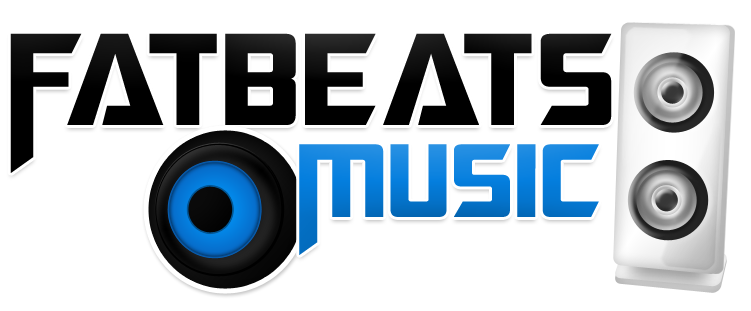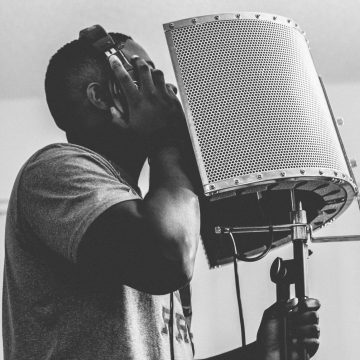In recording, there are a variety of ways to capture the sounds that you want and to filter out the ones that you don’t want. These are all done through the capacities of equipment parts known as signal processors. Typically, signal processors will be used during the pre-mixing and mixing stage as well as the set up of instruments. They are also used as a combination of defining what the instruments need to turn into a wave and what the mixing can do to make the instruments sound at their best. Following are some basic signal processors you should know.
Equalization. This is also known as EQs and is used in a variety of places of the recording process. The main part of this is to create a balance between the ranges that are within each instrument, from the low to the mid and high ranges. Equalization processors can be found in mixing boards as balance knobs as well as specialized functions in different types of software.
Filters. This is done to take out the extra sounds that don’t fit into the song. For example, if you have a buzz or white noise that you can’t get out physically, you can filter the sound and allow for only the clarity to come through. This is done by isolating the wave and recalculating the wave instead of the noise underneath.
Reverberation. This is an effect that is used after the instruments are recorded into the software. Reverb allows for the resonance that would be heard in a natural setting to be implemented into the song. This type of setting works best for sounds that are already clear and need an extra effect to them.
Delay. This is the echo effect of signal processors. Delays come in a variety of formats, ranging from changing the room to a larger room to an echo effect that stops the sound from occurring by milliseconds. Depending on the technique and sound you are trying to create, you can use this specific tool to create a completely different sound in your music.
Dynamic Processing. This consists of a variety of options for recording, all which take place at the very beginning of the process of recording. The first type of processing is compression in which the wave will be limited to certain peaks on both sides, allowing it to stay closer to the middle. The second type of processing is expansion, in which the waves move to higher peaks that are away from the middle. Limiting is the third option, and stops the notes from sounding for a longer period of time. The last type of dynamic processing is noise gates, which stops certain sounds from being recorded, especially if it is based around the resonance of an instrument.
Noise Reduction. This is done in order to dampen the noises that are being heard through the recording process and is typically done at every step of recording. Noise reduction will include the ability to limit sounds and to reduce the lows or highs that don’t need to be heard with certain sound effects.
These main signal processors are used in order to control the recording process and sounds as well as to create the desired effects for the end result. By using these different components at different times, it becomes easier to effectively create the sound you want through your recordings.


